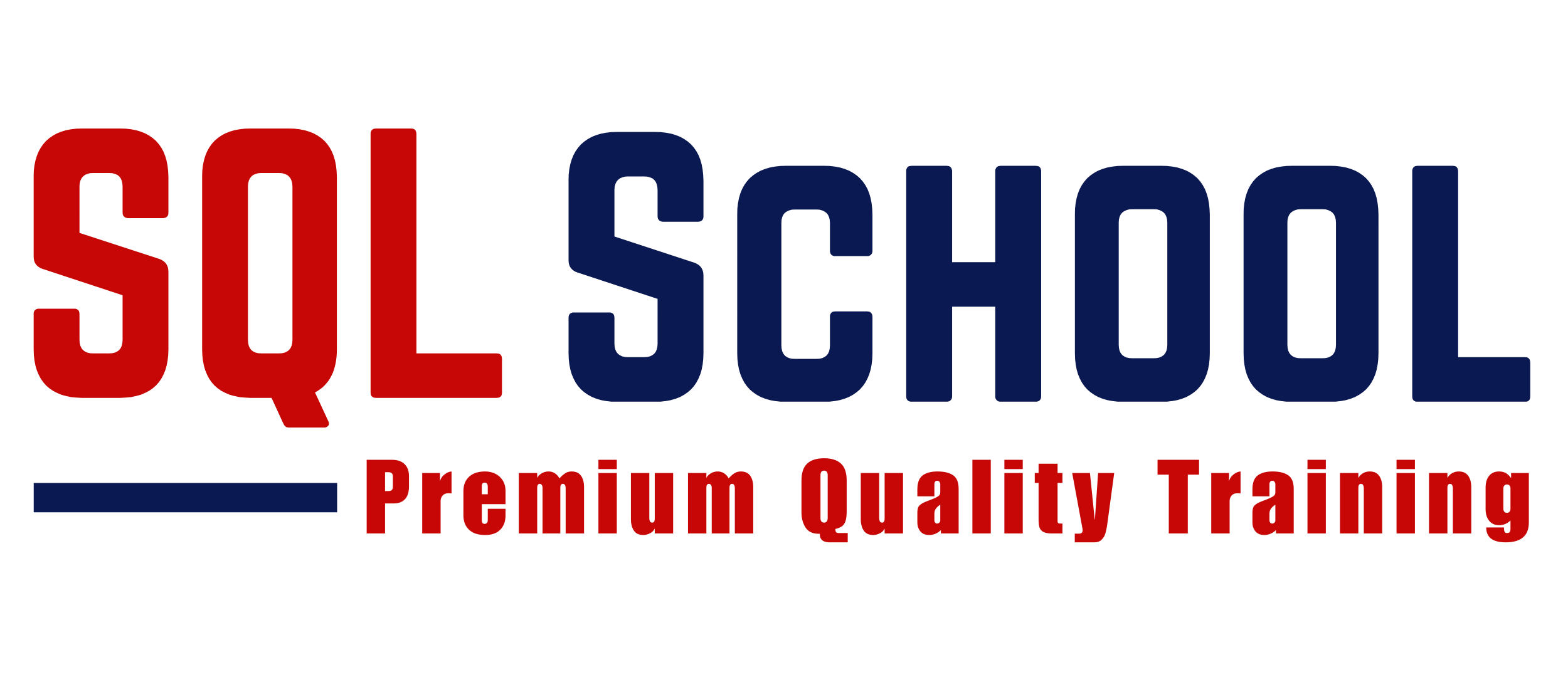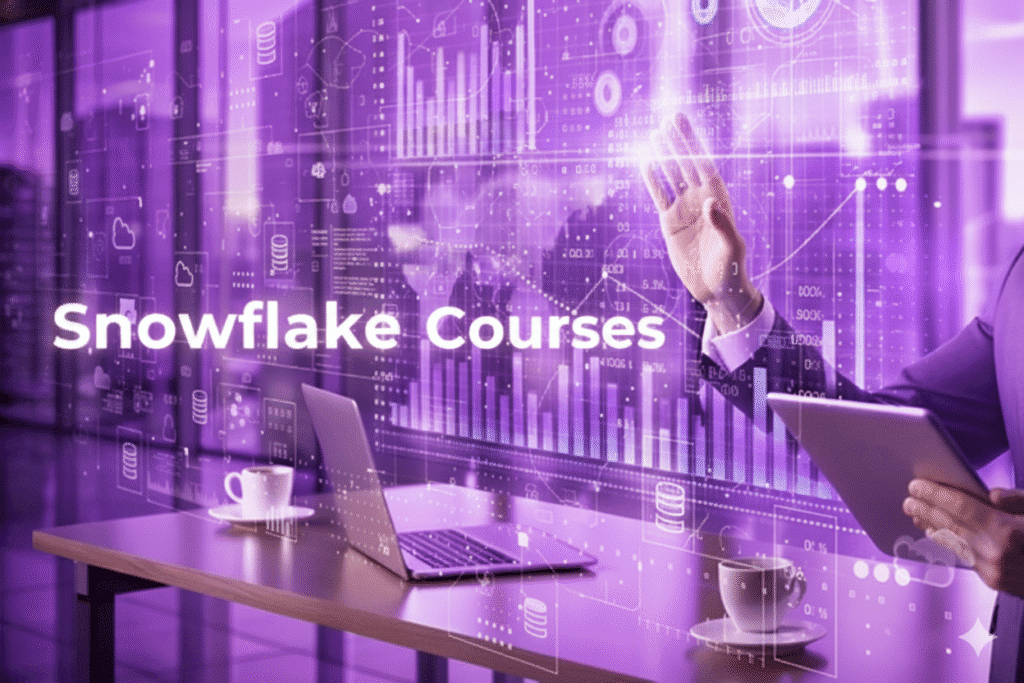- Freshers starting a career in data analytics and BI
- SQL / Excel professionals wanting to upskill in data visualization
- Business analysts who want to master Tableau for reporting
- Data engineers integrating Tableau into data pipelines
- Anyone interested in transforming data into insights
No prior coding experience is required. All concepts are taught from scratch

















